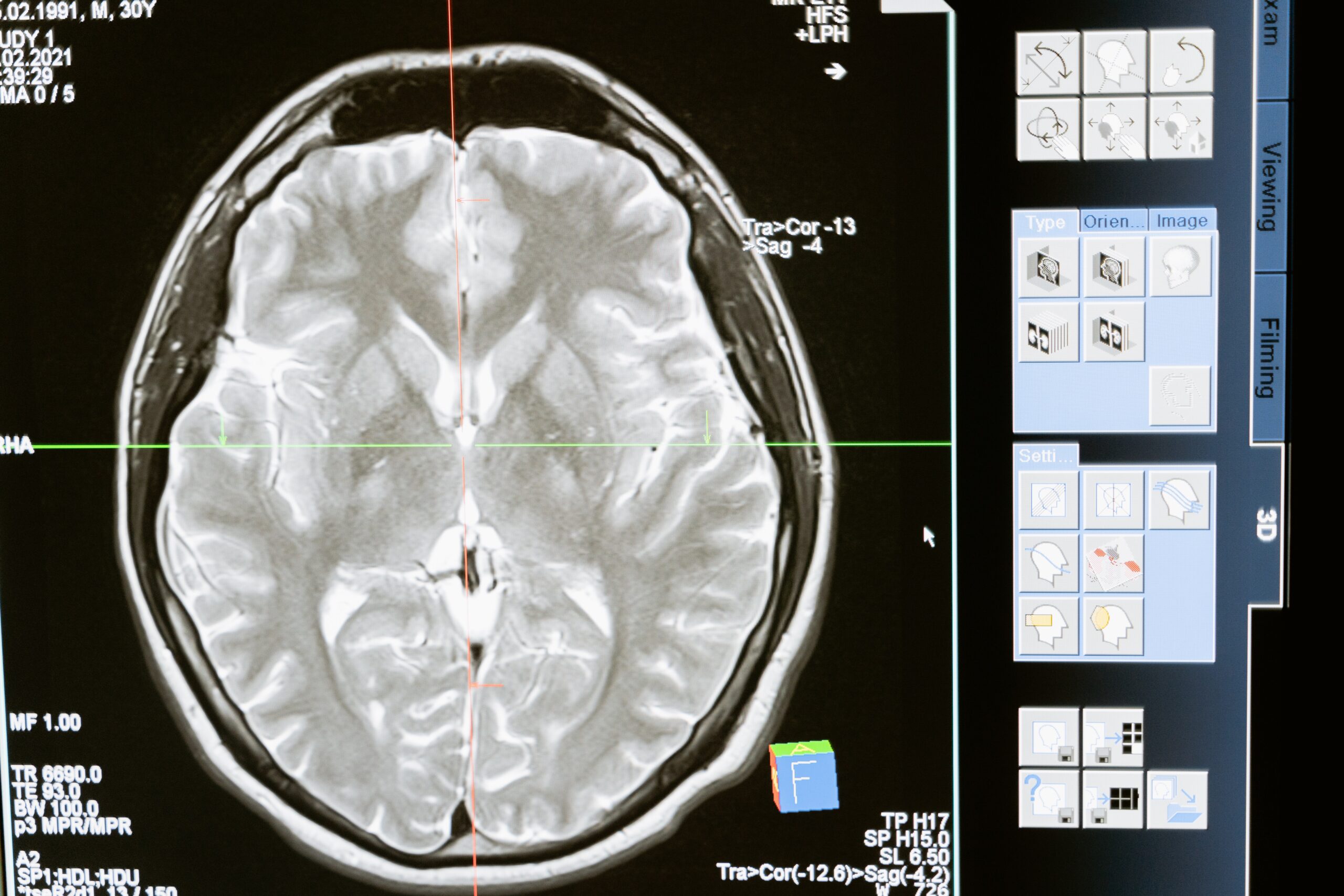Insights
The Need for Electronics Records Management in Hospital Systems

The use of Electronic Records Management (ERM) in hospital systems offers numerous benefits and improvements over traditional paper-based record-keeping. Here are some key use cases and advantages of ERM in hospital systems.
Efficient Record Storage and Retrieval
ERM enables hospitals to store patient records electronically, eliminating the need for physical storage space and reducing the risk of misplaced or lost files. Electronic records can be easily retrieved and accessed by authorized personnel, facilitating quick and efficient information retrieval, which is critical for providing timely patient care.
Enhanced Data Accuracy and Completeness
ERM systems provide mechanisms for data validation, standardization, and data integrity checks. By reducing reliance on manual data entry and implementing validation rules, ERM systems help ensure that patient records are accurate, complete, and consistent. This can lead to improved patient safety, better decision-making, and more reliable reporting and analysis.
Streamlined Workflows and Increased Productivity
ERM systems automate various administrative tasks, such as appointment scheduling, documentation, and billing processes. This automation reduces manual paperwork and repetitive tasks, freeing up healthcare professionals’ time to focus on patient care. Streamlined workflows also minimize the risk of errors and delays, leading to increased productivity and efficiency within the hospital system.
Seamless Information Sharing and Collaboration
ERM enables secure and efficient sharing of patient information among authorized healthcare providers within a hospital system. It allows different departments, such as doctors, nurses, lab technicians, and pharmacists, to access relevant patient data, test results, and treatment plans in real-time. This promotes seamless collaboration, improves care coordination, and reduces the chances of information gaps or duplications.
Decision Support and Data Analysis
ERM systems provide advanced reporting and analytics capabilities, allowing hospital administrators and healthcare professionals to gain insights from aggregated patient data. These systems can generate meaningful reports, perform data analysis, and identify trends or patterns that can support evidence-based decision-making, quality improvement initiatives, and strategic planning.
Enhanced Data Security and Compliance
ERM systems offer robust security measures to protect patient records from unauthorized access, loss, or damage. They enable role-based access controls, audit trails, encryption, and backup mechanisms to ensure data confidentiality, integrity, and availability. Additionally, ERM systems can assist hospitals in complying with regulatory requirements, such as HIPAA (Health Insurance Portability and Accountability Act) in the United States, by implementing privacy and security measures.
Integration with Other Healthcare Systems
ERM systems can integrate with other hospital systems, such as electronic health records (EHR), laboratory information systems, radiology systems, and billing systems. This integration allows for seamless data exchange, reducing manual data entry, minimizing errors, and ensuring data consistency across different systems.
By leveraging Electronic Records Management, hospital systems can achieve greater operational efficiency, improved patient care, enhanced data accuracy, streamlined workflows, and better compliance with regulatory requirements. ERM systems play a crucial role in transforming healthcare organizations by digitizing and optimizing record-keeping processes, ultimately leading to improved healthcare outcomes.